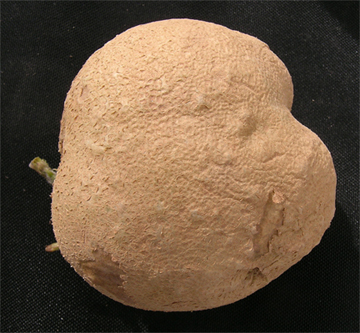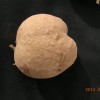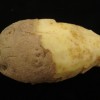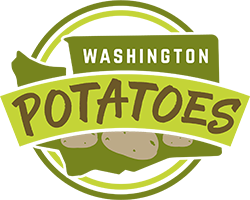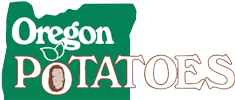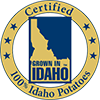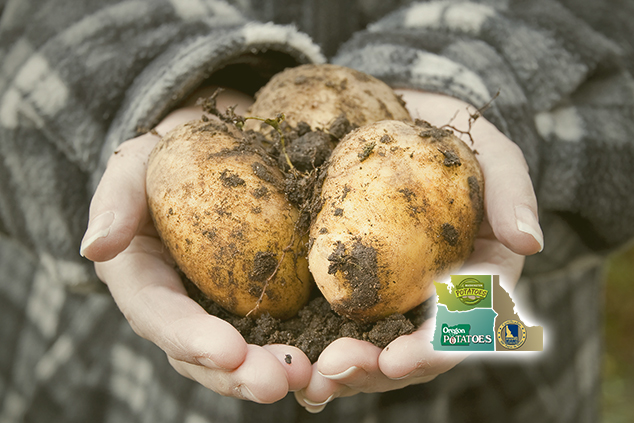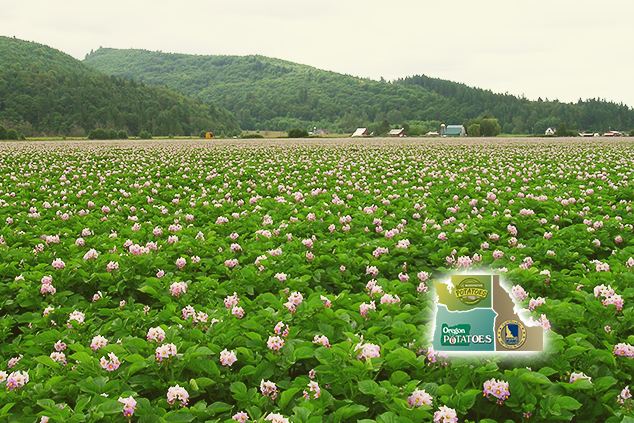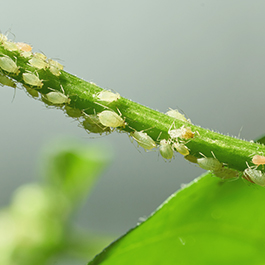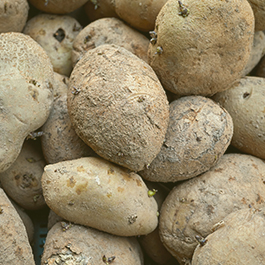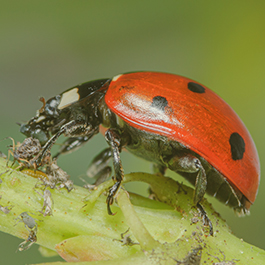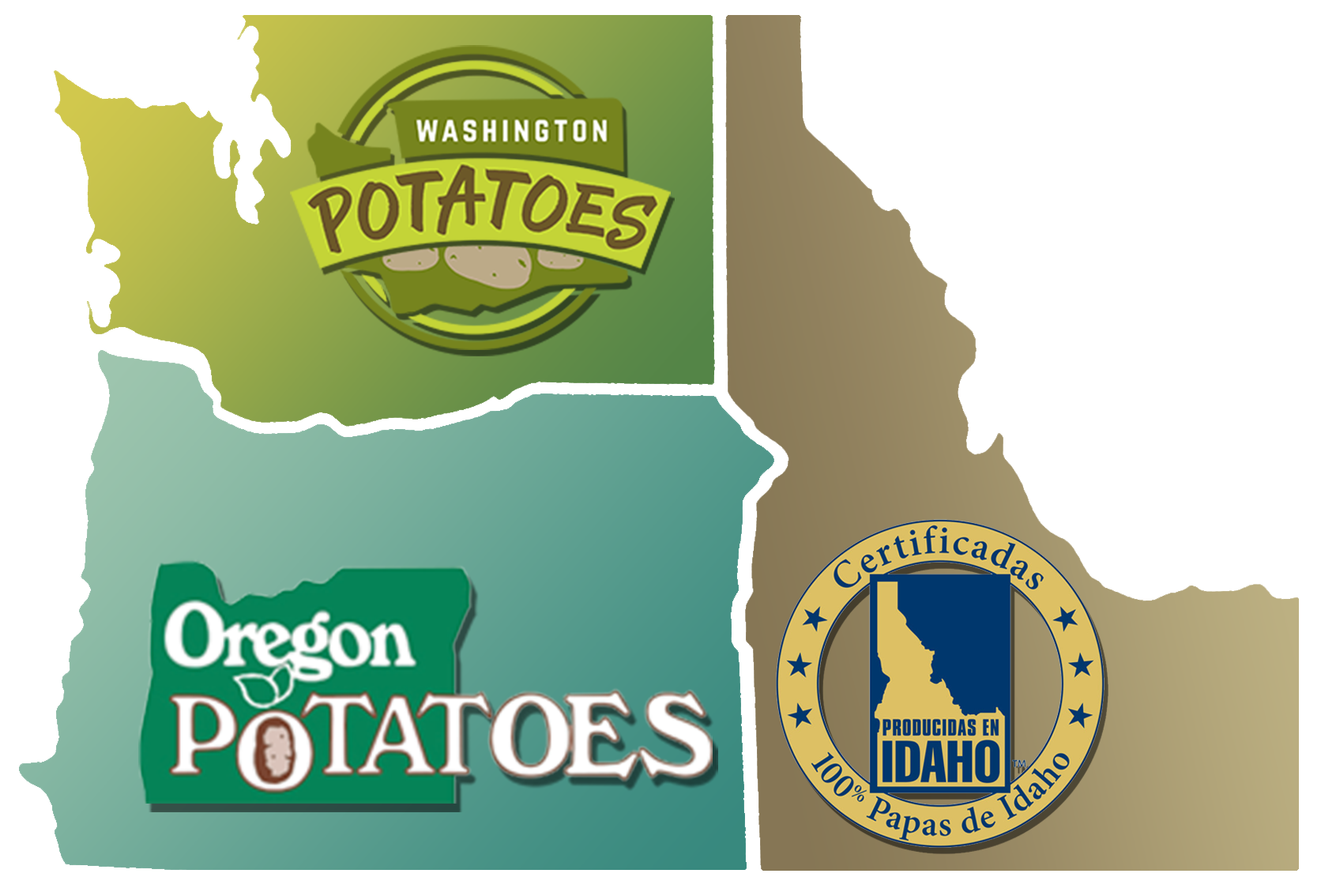Columbia Root-Knot Nematode
General Information:
Nematode species: Meloidogyne chitwoodi (Columbia root-knot nematode), Meloidogyne hapla (northern root-knot nematode).
Biology and Life History:
These plant-parasitic nematodes have complex life cycles (see above) involving a mobile stage that invades plant roots and tubers, and sedentary stages embedded in plant tissue. Root-knot nematodes overwinter easily throughout the Northwest. Most live in the top two feet of soil, but sometimes they are found up to 6 feet deep.
Distribution:
Both northern- and Columbia root-knot nematode are widely distributed across the western states of the U.S. In the Northwest, Columbia root-knot nematode is most prevalent and damaging.
Management:
- Synthetic nematicides and soil fumigants are important and often necessary tools for nematode management in potatoes due to very low market tolerance for damage.
- Crop rotation strongly affects nematode population size in the field. Each nematode species has a different host range. Therefore, sample and identify nematodes from each field and design crop rotations that will limit population growth.
- Various green manure and cover crops can reduce nematode populations.
- Prevention is also important: plant only certified seed tubers, and avoid moving soil from infested to uninfested fields.
- Weed management between potato crops is also critical. Some weeds are good hosts for root-knot nematodes.

